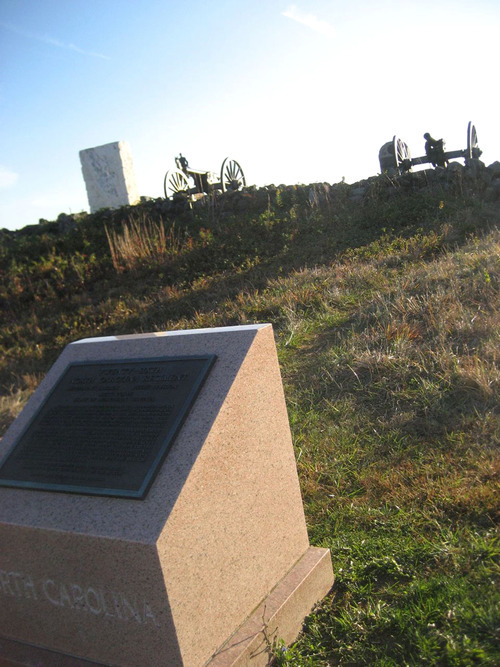#picketts charge
By Wendy Murray
Today marks the 150th anniversary of President Lincoln’s Gettysburg Address. His scribbled remarks were rendered during a two-minute reflection spoken on the grounds of the fresh cemetery where fallen soldiers, often unnamed, were laid to rest after the three-day conflict (July 1 to 3, 1863). There were more than 50,000 casualties and 6000 mortalities.
Visiting the grounds I was struck by the terrain, defined by ridges, angles, cuts, trees, bends and ruts. So much was at stake. The battle could turn on a twisted ankle.
Hauling cannons through ruts, over rocks, up and down slopes, they could barely see two steps in front of them. Man against man. Ferocity against fortitude. Glory, infamy, tragedy. It was an arena that showed the best and the worst of what it means to be human.
The final decisive hours unfolded at a spot on the field that is called the “High Water Mark”– it was as far north as the southern troops would penetrate during the war. The surge was known also as Pickett’s charge and became a turning point in the war. A regiment from North Carolina made the daring charge to bring them within 10 feet of the northern “guns” (cannons).
The cannons were fired on them directly, while northern regiments overpowered the southern fighters from behind. The South at points had nearly prevailed. But here they met their bitter defeat. They retreated to Virginia and never penetrated the northern states after that, though the war would continue for 2 more years.

So much depended upon the navigation of the ruts. Catastrophe and heroics are often stunningly mundane.
For further reading:
Gettysburg, The Last Invasion, by Allen Guelzo
A Field Guide to Gettysburg, by Carol Reardon & William Thomas Vossler
